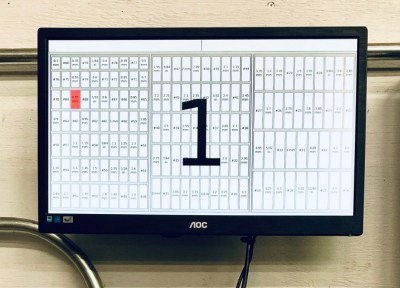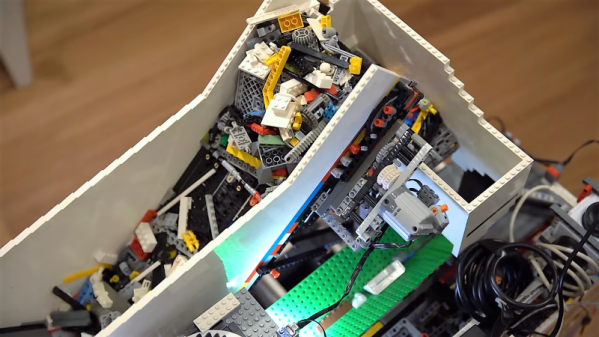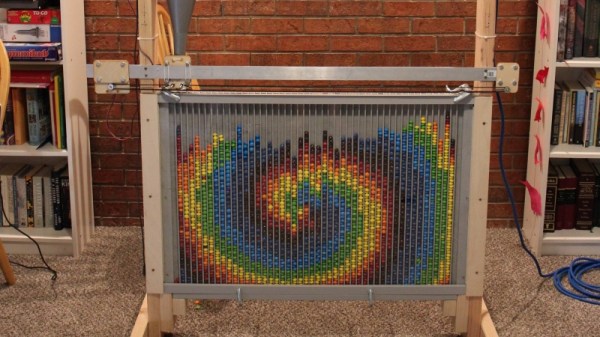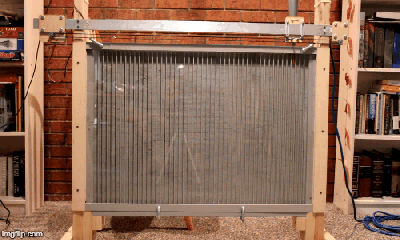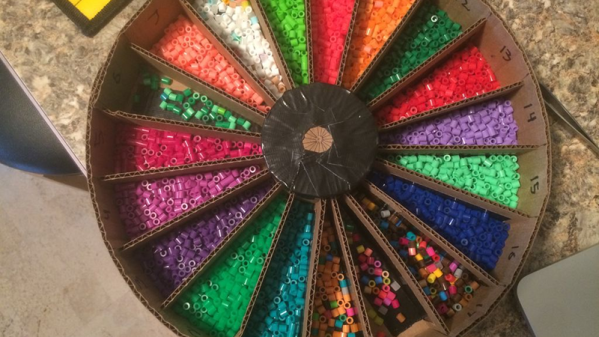If you’re like us, you’ve got at least one bin dedicated to keeping the random hardware you just can’t bear to part with. In our case it’s mostly populated with the nuts and bolts left over after finishing up a car repair, but however it gets filled, it’s a mess. The degree to which you can tolerate this mess will vary, but for [EmGi], even a moderately untidy pile of bolts was enough to spur this entirely 3D-printed mechanical bolt sorter.
The elements of this machine bear a strong resemblance to a lot of the sorting mechanisms we’ve seen used on automated manufacturing and assembly lines. The process starts with a hopper full of M3 cap head bolts of varying lengths, which are collated by a pair of elevating platforms. These line up the bolts and lift them onto a slotted feed ramp, which lets them dangle by their heads and pushes them into a fixture that moves them through a 90° arc and presents them to a long sorting ramp. The ramp has a series of increasingly longer slots; bolts roll right over the slots until they find the right slot, where they fall into a bin below. Nuts can also feed through the process and get sorted into their own bin.
What we like about [EmGi]’s design is its simplicity. There are no motors, bearings, springs, or other hardware — except for the hardware you’re sorting, of course. The entire machine is manually powered, so you can just grab a handful of hardware and start sorting. True, it can only sort M3 cap head bolts, but we suspect the design could be modified easily for other sizes and styles of fasteners. Check it out in action in the video below.
Just because it’s simple doesn’t mean we don’t like more complicated hardware sorters, like the ones [Christopher Helmke] builds.
Continue reading “3D Printed Hardware Sorter Keeps It Simple”




